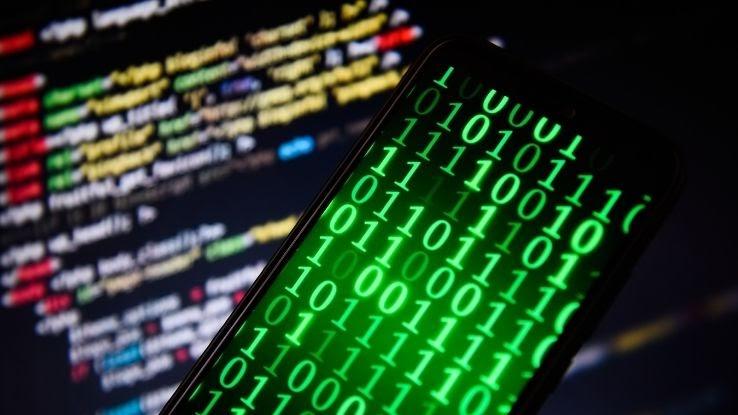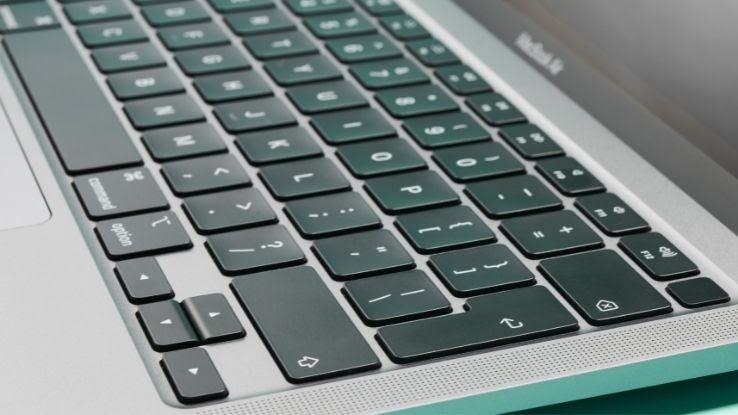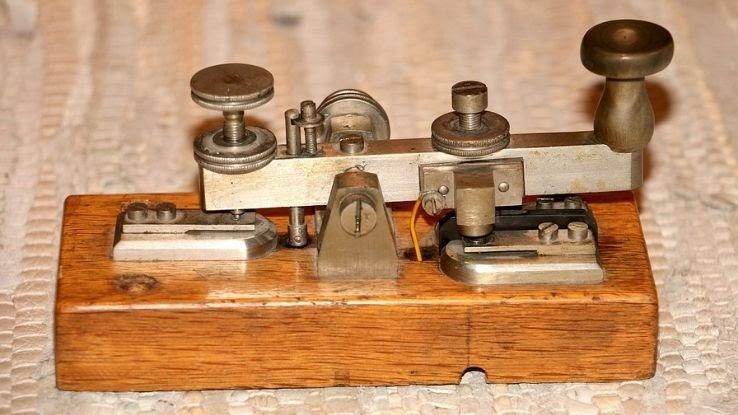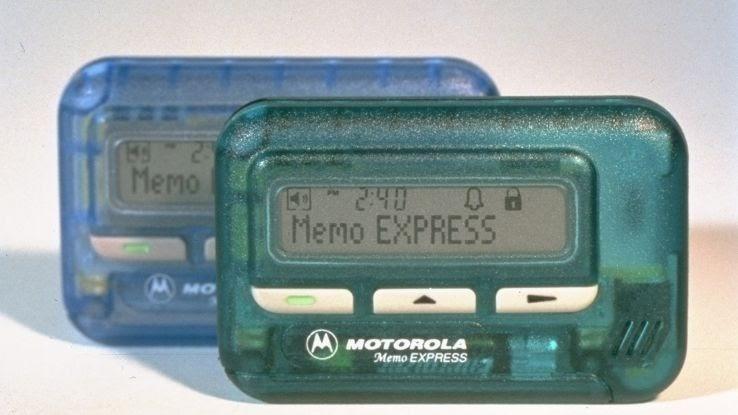What Are Alphanumeric Characters? The Meaning of Alphanumeric & Some Common Examples of Alphanumeric Code

Alphanumeric indicates that something is composed of both letters and numbers. So, with this in mind, all 26 letters in the English alphabet and the numbers 0 through 9 are considered alphanumeric characters. Additionally, conventional symbols, mathematical symbols, and punctuation marks — like @, #, and ! — are also used in alphanumeric codes.
What Does Alphanumeric Mean?
According to Merriam-Webster, alphanumeric is an adjective that combines the words “alphabetical” and “numeric.” As mentioned above, the word “alphanumeric” can encompass the Roman numerals 0 through 9 as well as the letters A through Z — both uppercase and lowercase. Often, alphanumeric codes include various symbols, such as @, #, and $, but it’s important to note that punctuation and mathematical symbols are considered non-alphanumeric characters.

Using alphanumeric language is essential when working with machines. For example, computer programmers use alphanumeric characters in the American Standard Code for Information Interchange (ASCII). Moreover, the English language also naturally sorts words in an alphanumeric sequence. That is, when you sort a list of words alphabetically, you may notice that a word with a number or a percentage would be the first on said list, even if there are words that begin with the letter “a.”
Alphanumeric Characters
Still not sure what qualifies as alphanumeric characters — or what’s often encompassed in alphanumeric codes? Here’s the full list of alphanumeric characters:

Alphabetic Characters:
- A, B, C, D, E, F, G, H, I, J, K, L, M, N, O, P, Q, R, S, T, U, V, W, X, Y, Z.
Symbols:
- @ (“at” sign)
- $ (dollar sign)
- # (pound sign)
Special Characters:
- & (ampersand)
- * (asterisk)
- { } (braces)
- [ ] (brackets)
- , (comma)
- = (equal sign)
- – (hyphen)
- () (parenthesis)
- . (period)
- + (plus sign)
- ; (semicolon)
- ‘ (apostrophe, or single quotation mark)
- / (slash)
On a keyboard, alphanumeric keys are typically placed across five rows — at the top, there’s often a numeric row, while the rows below feature letters from the alphabet. Finally, a functional row of keys sits below, or, at times, to the edges of the keyboard, and includes keys such as the space bar or the CTRL, ALT, and FN keys.
Most likely, you’ve come across websites or account sign-ins that require passwords made of alphanumeric characters. Often, a strategic alphanumeric combination can enhance one’s protection when it comes to cybersecurity concerns. Moreover, you can use alphanumeric characters to create file names — though, often, some symbols, such as the slash (/) or question mark (?), aren’t allowable in file names and other functions.
Alphanumeric Examples
The best way illustrate alphanumeric characters and codes? Looking at how they’re used in everyday life. As mentioned above, alphanumeric passwords are better, security-wise. Using just lowercase letters for a six-character password, for example, allows a hacker to more easily figure out your password. Moreover, most people who lean into lowercase letters-only passwords also use common words, making their passwords even easier to guess. With this in mind, using alphanumeric passwords can decrease the odds of your account being hacked.

Alphanumeric characters are also frequently used in central processing units (CPUs) as a form of communication. You’ll often see programmers communicate using just numbers, but, in truth, each number represents a letter. This “language” is referred to as binary code, wherein a different series of the digits “0” and “1” represent a specific alphanumeric character. For example, “A” in binary code is written out as 01000001.
Need a more everyday example? Well alphanumeric characters are also used airplanes to identify passengers’ seating order. Interestingly, on planes, row “I” is often skipped so the letter isn’t mistaken for the number 1. Additionally, vehicle manufacturers do the same thing and avoid using the letters “I,” “O,” and “Q” since they’re similar to the numbers 1 and 0. Similarly, electrical connectors avoid labeling pins with the letters “I,” “O,” “Q,” “S,” and “Z” as they look too similar to numbers 1, 0, 5, 3, and 2. In the past, people have also used alphanumeric pagers and beepers in order to receive messages.
Alphanumeric Code
Several types of alphanumeric code are commonly used today, including Morse code, Baudot code, EBCDIC, UNICODE, and ASCII. Previously, people have also used Hollerith code, but it’s now considered obsolete due to the mass-market adoption of other storage media.

Let’s take a closer look at the five codes that are still commonly used today in more detail.
Morse Code: Morse Code was created in 1837 by Samuel F.B. Morse. It combines short elements (dots) and longer elements (dashes) to represent letters, numbers, and special characters. Symbols for short and long elements may be formed by sounds, marks, pulses, and on-off keying. For example, a dot and a dash form the letter A, five dots form the digit 5, and the same rule applies (i.e. 10 dots) for the digit 10. The International Morse code considers a dash equal to three dots.
Baudot Code: Another popular alphanumeric code is the Baudot code. It was invented by French engineer Emile Baudot in 1870. This code uses five elements in order to depict an alphabet. Additionally, all of the symbols were of equal duration, in contrast to the Morse Code, which made it possible for telegraphs to carry Roman scripts, punctuations, and control signals.
American Standard-Code for Information Interchange (ASCII): Evolved from telegraphic codes, ASCII codes (pronounced “as-kee”) are used for representing alphanumeric data in computer input/output. They are based on the ordering of the English alphabet. ASCII was first released as a standard code in 1967 and has since undergone many updates, with the latest one appearing in 1986.
Seven-bit characters can represent nearly 128 characters. These include 95 printable characters, including 26 uppercase letters (A–Z), 26 lowercase letters (a–z), 10 numeric characters (0–9), and 33 special characters (mathematical symbols, space characters, etc.). Additionally, it specifies codes for 33 non-printing obsolete characters, with the exception of carriage return and/or line feed.
Extended Binary Coded Decimal Interchange Code (EBCDIC): This code, pronounced “ehb-suh-dik” or “ehb-kuh-dik,” was developed by IBM and became widely used by computers for transferring alphanumeric data. As an 8-bit code, it can represent the numerals 0 through 9 using the 8421 BCD code preceded by 1111. That said, EBCDIC can accommodate up to 28 characters for a total of 256.
Unicode: ASCII and EBCDIC codes come with a few limitations and don’t permit multilingual computer processing. This is where unicode steps in. Unicode contains the most complete character encoding scheme, allowing any text to be encoded and used by computers. It represents 65,536 different characters in 16 bits, allowing it to be encoded for use by computers. It supports multiple languages — as well as a complete set of mathematical and technical symbols, which greatly simplifies any scientific information exchange.





